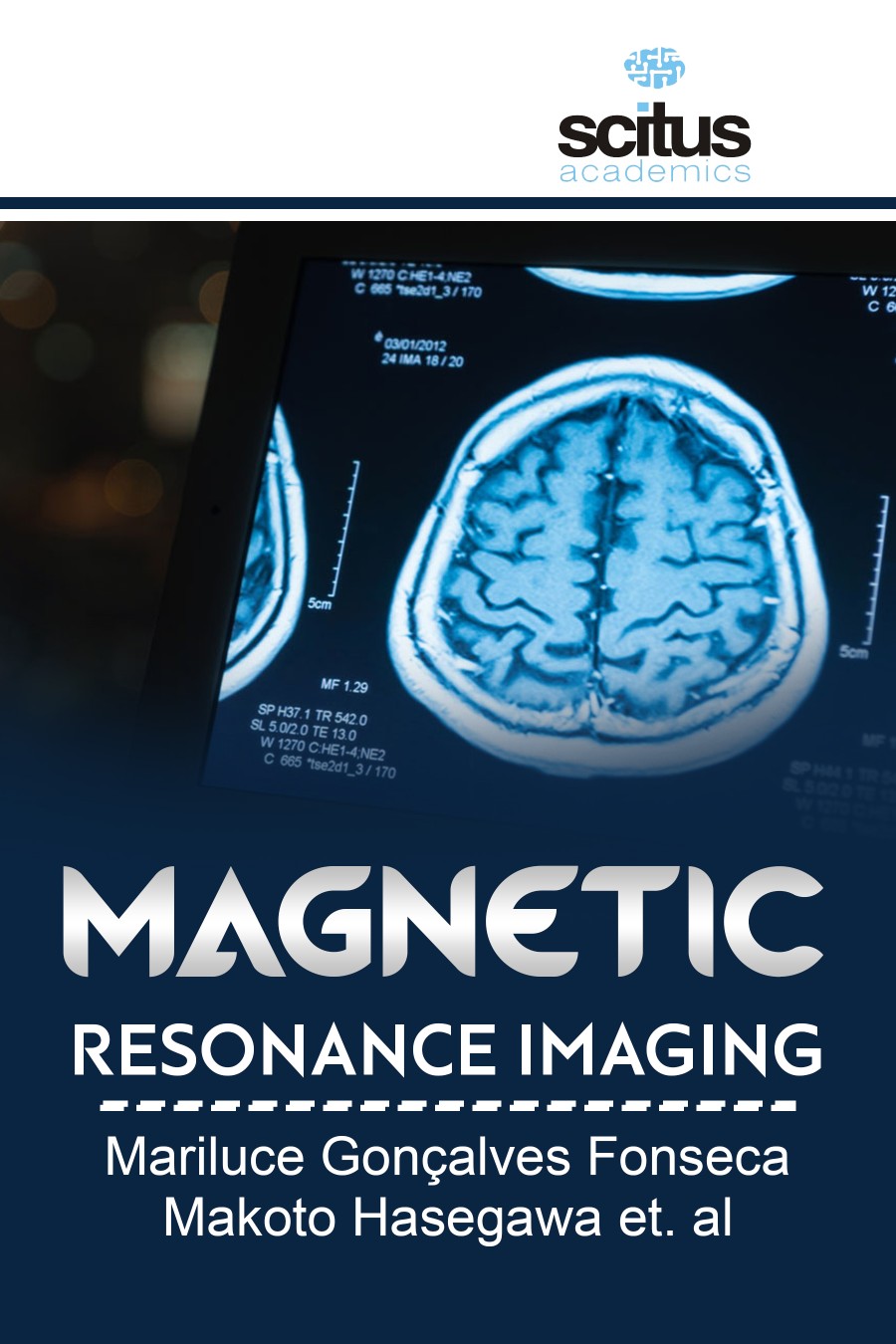Magnetic resonance imaging (MRI) is a non-invasive biomedical imaging technique that uses a strong oscillating magnetic field to induce endogenous atoms such as hydrogen, or exogenously added contrast agents, to emit radio waves that are detected and used to generate two and three-dimensional images of a living subject in the MRI scanner. Unlike conventional x-rays, there is no exposure to ionizing radiation and at most field strengths the procedure is considered safe for nearly every age group. Because it is non-invasive and possesses excellent spatial resolution, the use of MRI as a research tool has increased exponentially over the past decade. Uses have ranged from add-ons to a clinical study to studies of brain development in typically developing children. In addition, a major effort has been made in recent years to use MRI to study brain function. The advent of magnetic resonance imaging (MRI) and functional magnetic resonance imaging (fMRI) of the brain has changed forever conventional patient diagnosis and treatment in medicine. Instead of employing invasive procedures, now physicians cannot just literally see internal body structures but also understand and map more clearly brain functions related to specific tasks, feelings, and behaviors.
This monograph aims at introducing the acquisition process, image processing, analysis and evaluation, and the most popular tools for both structural MRI and fMRI. It encompasses physical, life, and clinical science investigations as they relate to the development and use of magnetic resonance imaging. The book will serve the purpose of applied neuropsychological evaluation methods in neuropsychological research.
It is an opportunity for students and researchers who are interested in getting started in the area, understanding what are the challenges and unexplored fields, and how to avoid the most common traps and pitfalls. Intended to research, technological innovation and applications; this book will appeal to radiologists, physicists, chemists, biochemists, biologists, engineers, internists, pathologists, physiologists, computer scientists, and mathematicians.













